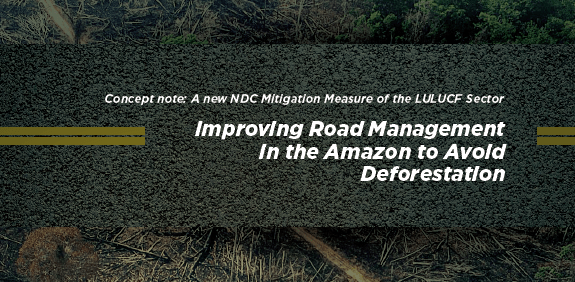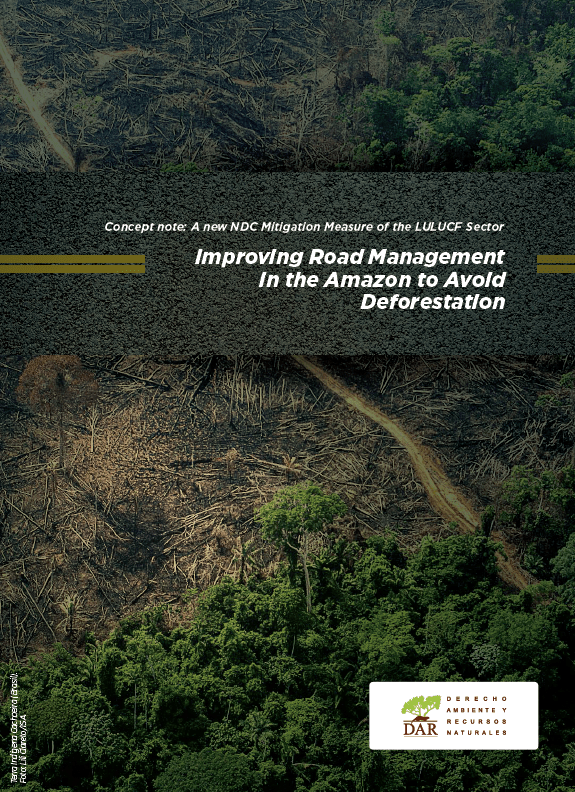Written by: Rocio Vasquez.
According to the latest data from the Peru´s National Forest Conservation Program, on average 1250 km2 of Amazon forests are lost each year, a number equivalent to almost half the size of Lima city. This means that every 2 years an area similar to Lima city are lost!
86% of these losses are concentrated in 25 deforestation fronts, mainly around road and river axes, such as the Federico Basadre-Marginal highway, the VRAEM (around the valleys where illegal coca crops are expanding) and the Interoceanic South highway. Also, the Peru´s National Forestry and Wildlife Service (Serfor) states that «the opening of roads is one of the most important [deforestation] drivers, since they facilitate access to previously isolated areas» and that «the road and river axes explain 62% of deforestation in the Peruvian Amazon».
Bearing in mind also that we have a low governance scenario in our Amazon territory, without a clear allocation of rights over the land, and without information of the socio-environmental impacts that the expansion of the roads can bring; what can be expect, after its construction, more than development, is more deforestation, land colonization, illegal mining, illegal logging and loss of life as a result of illicit activities and conflicts, like the case of Saweto, in Ucayali. This is why roads in the Amazon should not only be considered as means to access public services and markets, but also as access roads for informal and illegal activities.
The magnitude of this problem is such that deforestation is the main cause of greenhouse gas emissions in the country. To deal with this problem, Peru´s commitment at the United Nations is to reduce its emissions, giving a leading role to actions to reduce emissions derived mainly from deforestation, which represent 70% of the commitment.
In order to comply with this international commitment, Peru has identified different mitigations actions, eight of these actions seek to reduce emissions caused by the land use change, where deforestation plays a leading role. Despite this, none of the current measures seeks to attack one of the main causes of deforestation: roads expansion.
Aware of this problem, the Serfor has announce the development of a 9th mitigation action to fight road driven deforestation in the Amazon. This will be achieve by improving the environmental management in order to mitigate its impacts as driver of deforestation.
This is the opportunity to achieve not only our climate change commitments but to effectively address the problem of deforestation in Peru. For this, it is important not only the leadership of the Serfor but also the participation of the Ministry of Transport and Communications, responsible for the promotion and regulation of roads in the country; in addition to the Regional Governments, who are in charge of the largest number of road projects in the Amazon.
«Improving the environmental management of infrastructure can reduce deforestation in the Amazon.»



